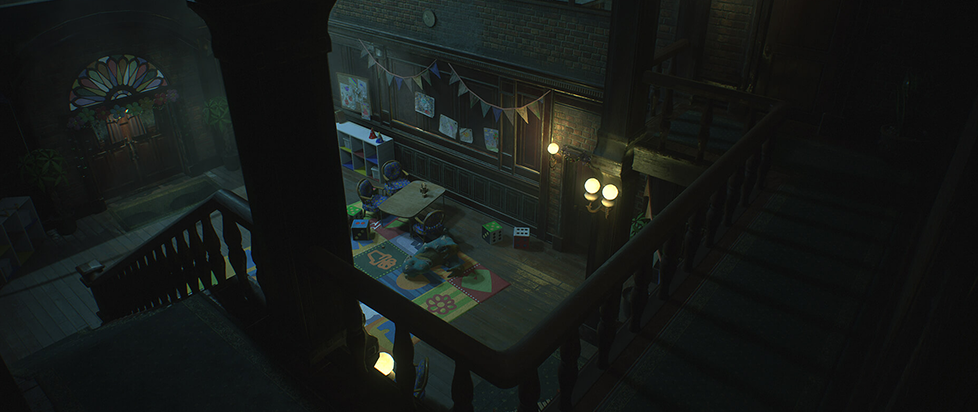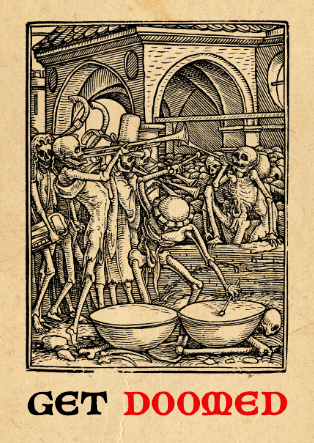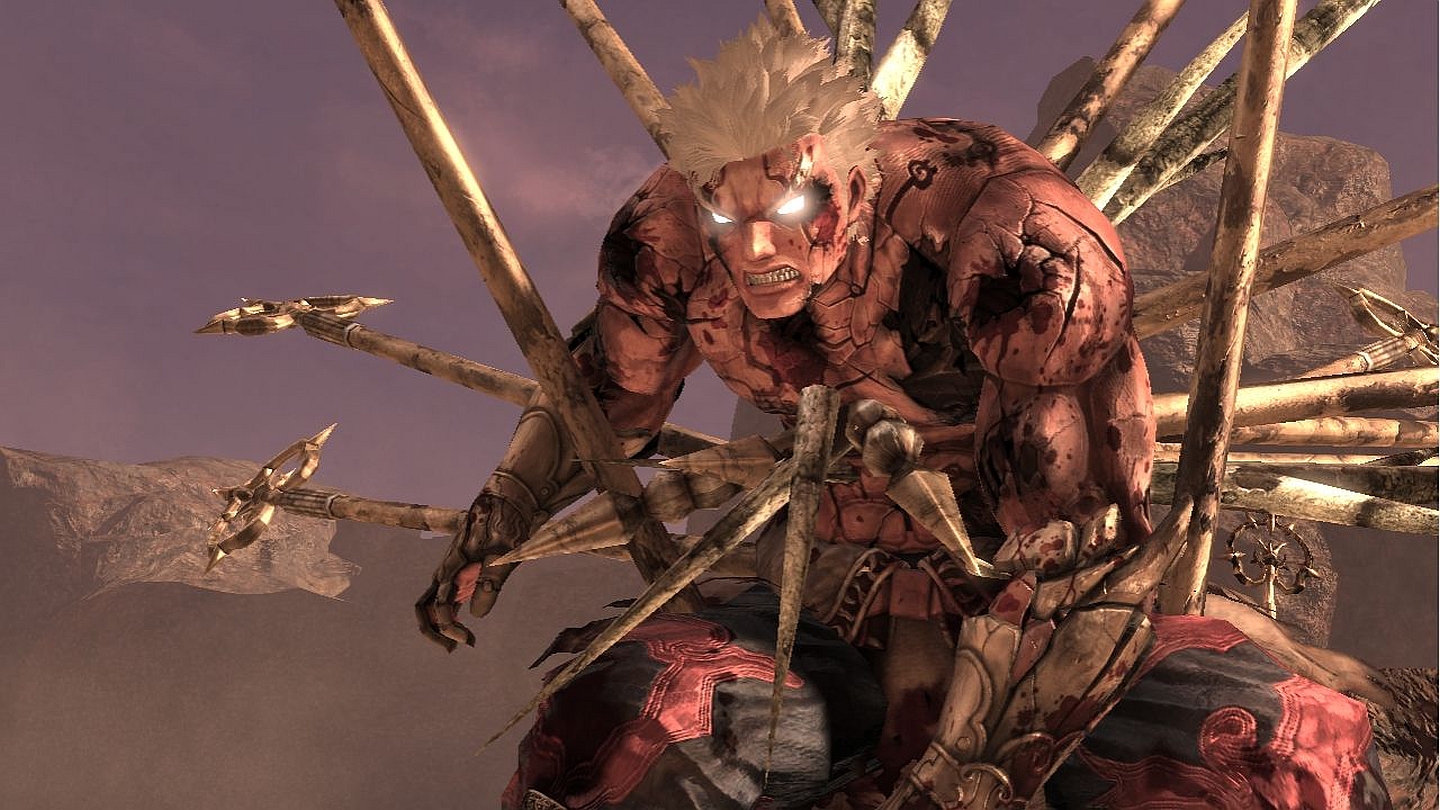
Resident Evil 2 Brings the Original Game Design Back From The Dead
The Resident Evil 2 remake caught players attention with well-paced action horror thrills, but in doing so it demonstrated a deft hand at what created that thrill in the first place.
Rewind to 1998, the first time Resident Evil 2 hits the scene. Critics at the time lauded the game for its immersive atmosphere and “Hollywood” production values. The game played well enough, but the attention of players at the time was drawn to things like camera work, dialogue and sound as elements of an immersive atmosphere.
This sort of success was mirrored in other games of the era, Silent Hill as a notable example, that were specifically inspired by the creation of the new genre “survival horror”. The term survival horror itself was coined by the creators of the first Resident Evil, and as the lineage progressed a number of trends began developing that would shape how Resident Evil 2 (2019) came to feel and play like it does.
It’s important to remember that at the beginning, with games like Silent Hill and Resident Evil, the atmosphere made the game. The atmosphere did its work through dilapidated structures, eerie soundscapes punctuated with screams and roars, dark environments and the constant threat of an inhuman aggressor. Verbs, how players could interact with the game world, had a lesser emphasis. The lack of direct control and easy maneuvering was used to build additional tension. Tension was developed, not in specific in-game assets but by the ability of a player to access and interact with the in-game assets that are already present. As an example, the individual zombie was not a significant provocateur, the prospect of being in control of your action with regards to the zombie introduced a palpable tension. It was the horrific mixed with the notion that the player had to deal with the horrific in some manner. This sort of interplay between the games content and the player’s ability and access is hugely important through-line in the progression of where the subgenre goes.
As tech developed the games did as well, Silent Hill 2 introduced a third person camera angle that can be controlled by the player. Over the next half decade, games from both franchises would continue iterating on combat design, changing up weapon mechanics and abilities until ultimately the two series ended up in a very different place. Silent Hill had distinguished itself as a psychological horror game, while Resident Evil maintained its kinetic action direction.
The key distinction between the two wasn’t in form factor, camera angle, horrific imagery, soundscape or plot, but the way the two games distinguished player interaction. In Silent Hill puzzles played a larger and larger role, combat was with more distinct enemies and segmented off from other modes of engagement. In Resident Evil the action was the centerpiece as the series placed a higher value on level design and mobility.
Seemingly solidified in their silos, the scene didn’t see a considerable shake-up until 2008’s Dead Space. Implementing the “space” aesthetic, Visceral Games’ newcomer seemed to capitalize on the best parts of Resident Evil’s more action-oriented bent. Considerable improvements were made in the general areas that come with time, graphical fidelity and sound for example, but the real iteration was in player control. As players took the role of Isaac Clarke, they were challenged with a new dismemberment mechanic that changed from enemy to enemy, the pause screen was contextualized into the game world in real time, traditional HUD elements like health and ammo were placed on the character model, and persistent upgrades to Isaac’s abilities delivered a feeling of tense precariously balanced power. The leap forward was built on these minor playability and atmospheric differences. The dismemberment mechanic and inclusion of multiple weapons gave the player an increasing number of verbs. In response, the developer could craft an increasing number of scenarios to place the player in. These scenarios continued changing up the expected pattern of horror interactions with new monsters, different mechanics at play, and a prolonged sense that the player might not be ready for what came around the corner.
For the difference in game style let’s return to Resident Evil 2 (2019). In the game, the number of weapons and enemy types are both highly limited. As a result, the game had to find new ways of removing player action and forcing them into unwieldy situations. Mr. X is a perfect example of this. But even more so, Resident Evil 2 actually counts on the player becoming competent. Just look to the trophies and situations for the game, instead of relying on a more extended single playthrough that continually shakes up the skills required to proceed, the game chooses to reward speed running and playing in ways that ignore traditionally successful strategies (such as only using the pistol or never getting hit).
The next years Resident Evil 5, and 2012’s Resident Evil 6, didn’t have the lessons learned from Dead Space. While the Dead Space franchise continued to push into the action-game framework with more powerful weapons, fewer puzzles, a focus on larger hordes of faster enemies intermixed with only a handful of powerful foes, Resident Evil continued on its own path. Each entry had more closed and linear environments, longer engagements with milquetoast enemies, a continued emphasis on puzzles to break up long portions of gunplay. In the end, Resident Evil 6 played more like a poor Gears of War than anything in the survival horror vein. As critical reception cooled, the franchise took a break and reset itself, careening back into view with the release of 2017’s Resident Evil 7: Biohazard.
Resident Evil 7 looked at two tracks of development, the lineage of its own franchise and the burgeoning field of first-person horror games. First-person horror games had their own spotlight moment with Amnesia: The Dark Descent in 2010, followed by a sequel and other genre entries like Outlast, Soma and Alien: Isolation. Most notably, it learned how to reintroduce and emphasis environmental effects from 2014’s short-lived breakout sensation P.T.
But equally important lessons were found in the game’s own history. Item management systems, area gating, save stations, these were all mechanics that found new life married to the modern sense of horror atmosphere. Modern horror games are finally picking up on what film learned years ago, personal stories provide empathetic commitment and psychological elements rule the day. These facets had blended into the original games because they were hardware necessary at the time, save stations had to exist because autosaving took up too much system memory, and the actual value they contributed to atmospheric horror went unnoticed because they were valued for their utility. But in a new capacity-rich development environment, creators were able to choose more directly how players would interact with the world and its features. Save stations went from a necessary evil that broke up the flow to an essential sigh of relief in a stream of fraught tension.
And so, two years after Biohazard, Resident Evil 2 reappears. As a remake it inherently calls for the inclusion of the past franchise mechanics, a technique extensively experimented with in Biohazard. But choosing those mechanics was the challenge. What were the points of reference that could fill a more fully realized atmosphere while also leaving room for recent inclusions? How would nostalgia be balanced with the reality of clunkiness?
In the end, the answer was found in what distinguished the genre as a whole in the first place. It became less about painstaking adherence to the original material, matching specific layouts, enemy placement or camera perspective, and instead a recreation of the original tension that captured players. The game rebuilds the notion of why being stuck in police station during a virus outbreak is a terrifying prospect by increasing the number of verbs available, enhancing the aesthetic, and reintroducing the same limited ammo counts and save stations that helped define the original. The methods for bringing out this renewed sense of horror changed dramatically but managed to capture the same aura of player interaction. The new third person close camera angle and dismembering mechanics borrowed from Dead Space help capitalize on a grounded experience in a high fidelity police station. Old fashion key-specific locked doors, save points, limited ammo and boss fights continue threads established for the genre in past Resident Evil games.
Adding in specific quality of life features like autosaving on some difficulties, a data-rich map that telegraphs precisely where the player should head, and rewritten dialogue to better convey story beats serve to “hand-hold” players without degrading the game factors important to enjoying the experience. Ultimately, the game manages to get the best of both, a crafted selection of older mechanics that heighten and focus the chief goal of the game, and a series of new iterations which punctuate and highlight the aesthetic of a game more than a decade and a half old.





